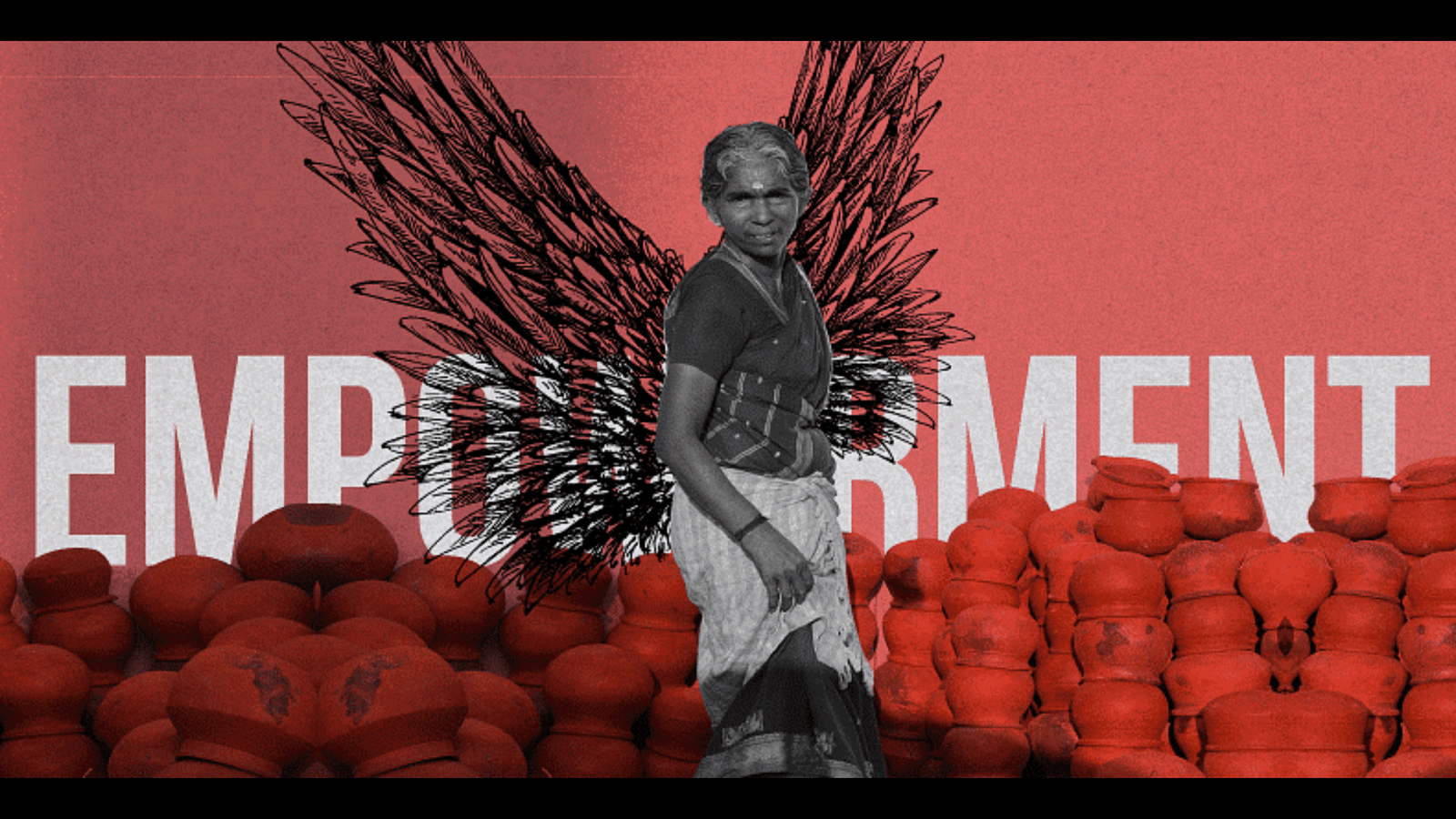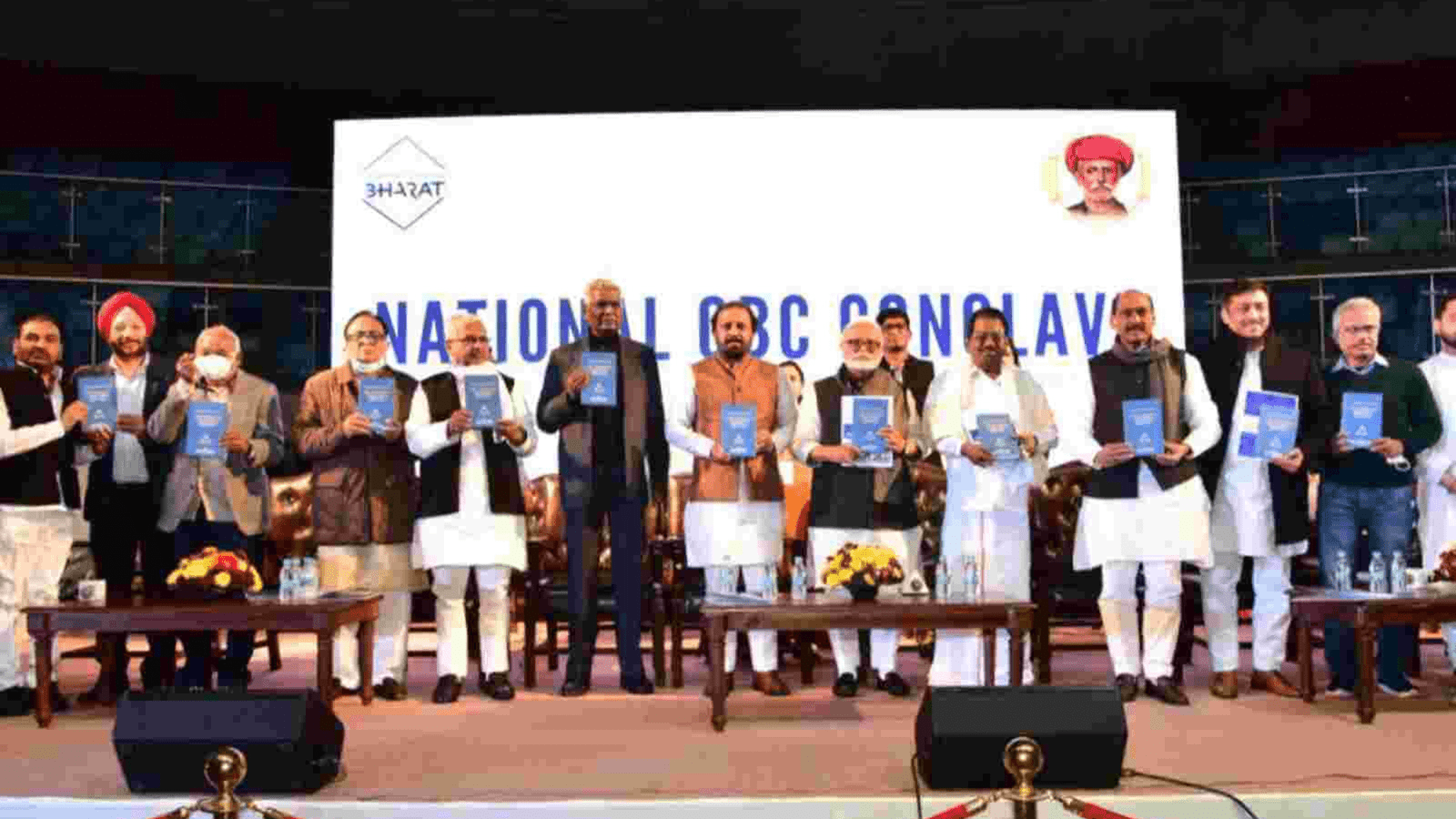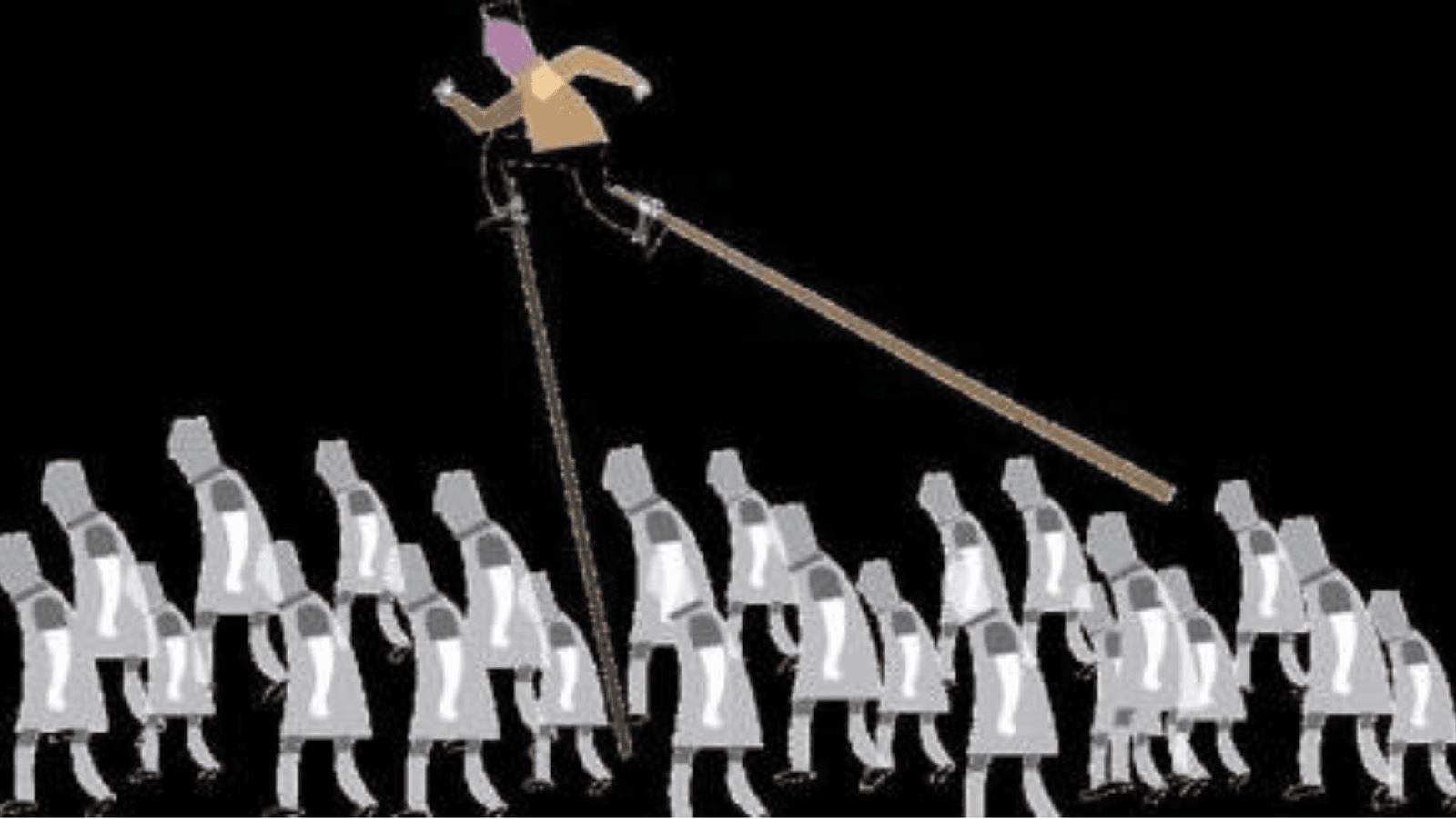
News:
The Economic Advisory Council to the Prime Minister (PM-EAC) has released a report titled “Share of Religious Minorities: A Cross-Country Analysis (1950-2015)”
Key findings:
- The report indicates that the share of the Hindu population in India decreased by 7.82% between 1950 and 2015, dropping from 84.68% to 78.06%.
- During the same period, the Muslim population share increased from 9.84% to 14.09%, marking a significant rise of 43.15%.
- Christians saw a slight increase from 2.24% to 2.36%, and Sikhs' share rose from 1.24% to 1.85%. The Buddhist population also increased notably from 0.05% to 0.81%
- The report also highlighted that the Jain and Parsi communities in India experienced a decline in their population shares during this period
Sociological analysis:
- The report suggests that this shift reflects a conducive environment in India for fostering diversity and supporting minority communities. In contrast, neighboring countries like Bangladesh and Pakistan have seen increases in their majority Muslim populations.
- This demographic shift aligns with global trends observed in many liberal democracies, where the majority religious groups have seen a decline in their shares, while minority groups have grown.
- Population foundation of India (PFI) has expressed concerns over the findings of the report. It stressed that contrary to the alarmist rhetoric, the Census of India data reveals a nuanced picture of demographic trends.
- The Census shows that over the past three decades, the decadal growth rate among Muslims has been on a downward trajectory, outpacing that of Hindus.
- This decline highlights the convergence of fertility rates across religious communities, challenging the narrative of a Muslim population explosion.
- The NGO stressed that the Total Fertility Rate (TFR) among all religious groups has been steadily declining. It believed that broader socioeconomic factors played a more important role rather than religious affiliation.
- PFI stated that states like Kerala and Tamil Nadu serve as prime examples, where access to education and healthcare correlates with lower fertility rates across religious lines.
- SM Quraishi in his book, ‘The Population Myth’, writes that the high birth rates anywhere are purely because of non-religious factors such as the lack of literacy, income, and access to health services. And in each of these metrics, the Muslim community in India fares the worst. He further refutes any claims of an organized conspiracy.









































































































